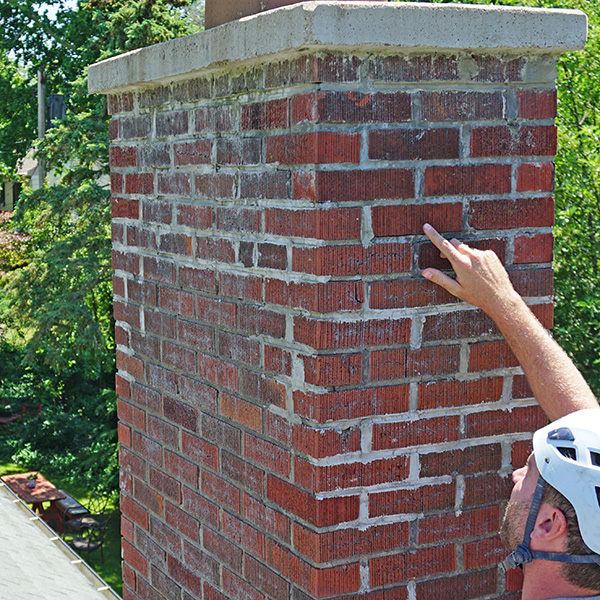Reasons Why Your Gas Fireplace Keeps Shutting Off
Gas fireplaces are growing in popularity because they’re more energy-efficient, easier to maintain, and safer than traditional wood-burning fireplaces. However, gas systems aren’t without issues; one is suddenly shutting off. Let’s look at why this happens and what you can do about it.
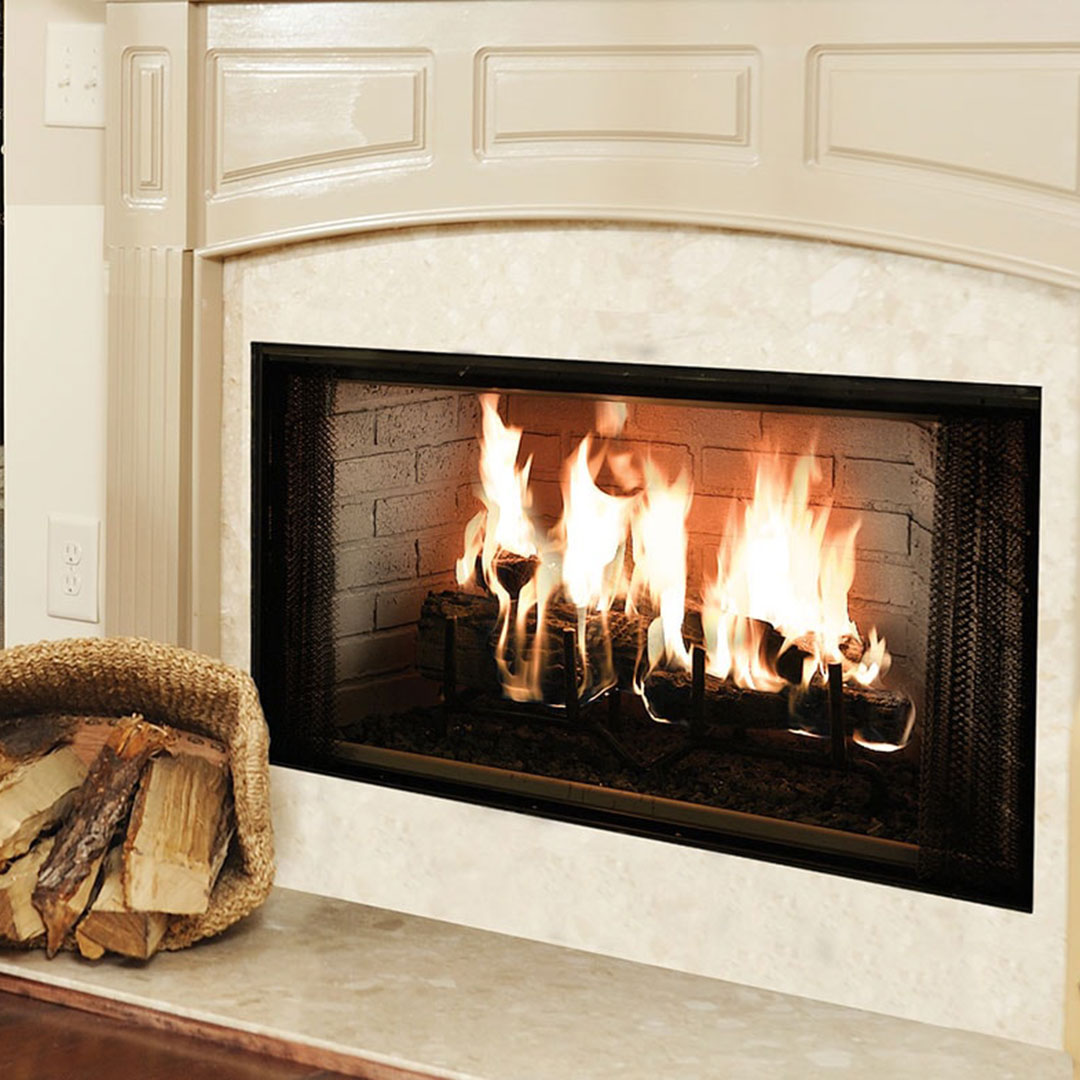 What Causes a Gas Fireplace to Keep Shutting Off?
What Causes a Gas Fireplace to Keep Shutting Off?
Venting Problems
One of the main reasons a gas fireplace might shut off or fail to stay lit is venting issues. Modern gas fireplaces are designed with safety in mind and are equipped with sensors that monitor exhaust gas flow. If the venting system is blocked, malfunctioning, or not correctly installed, these sensors might detect an unsafe condition and shut the fireplace down to prevent harmful gases from entering the house. The best way to prevent this is to schedule routine inspections and maintenance by a trained professional.
Oxygen Depletion Sensor Activation
Gas fireplaces installed in tight, energy-efficient homes might suffer from insufficient oxygen levels to sustain the flame. Many units come with oxygen depletion sensors that monitor oxygen levels in the room. The sensor will automatically turn the fireplace off if the oxygen level drops below a safe threshold. Ensuring adequate ventilation can prevent this.
Thermocouple and Thermopile Issues
The thermocouple and thermophile are critical components of the gas fireplace’s safety system. They generate a small amount of electricity when heated by the pilot flame, signaling that the pilot light is lit and allowing the gas valve to open. Over time, these components can get dirty or fail, causing the gas fireplace to shut off abruptly or prevent it from staying lit. Cleaning or replacing the thermocouple or thermopile can often solve this issue.
Faulty Gas Valve
A faulty gas valve can also be the culprit causing a gas fireplace to constantly shut off. If the gas valve doesn’t open correctly, it can restrict gas flow to the fireplace, causing ignition and operation problems. Gas valves are complex mechanisms that require professional repairs or replacement.
Air in the Gas Lines
Sometimes, air trapped in the gas lines can cause a fireplace to suddenly shut off. This can be due to a restricted pilot light tube, incorrect gas pressure, or drafts that disturb the pilot light. Cleaning the pilot tube or adjusting the pilot flame may help. Getting a professional to adjust the gas pressure might be necessary in some cases.
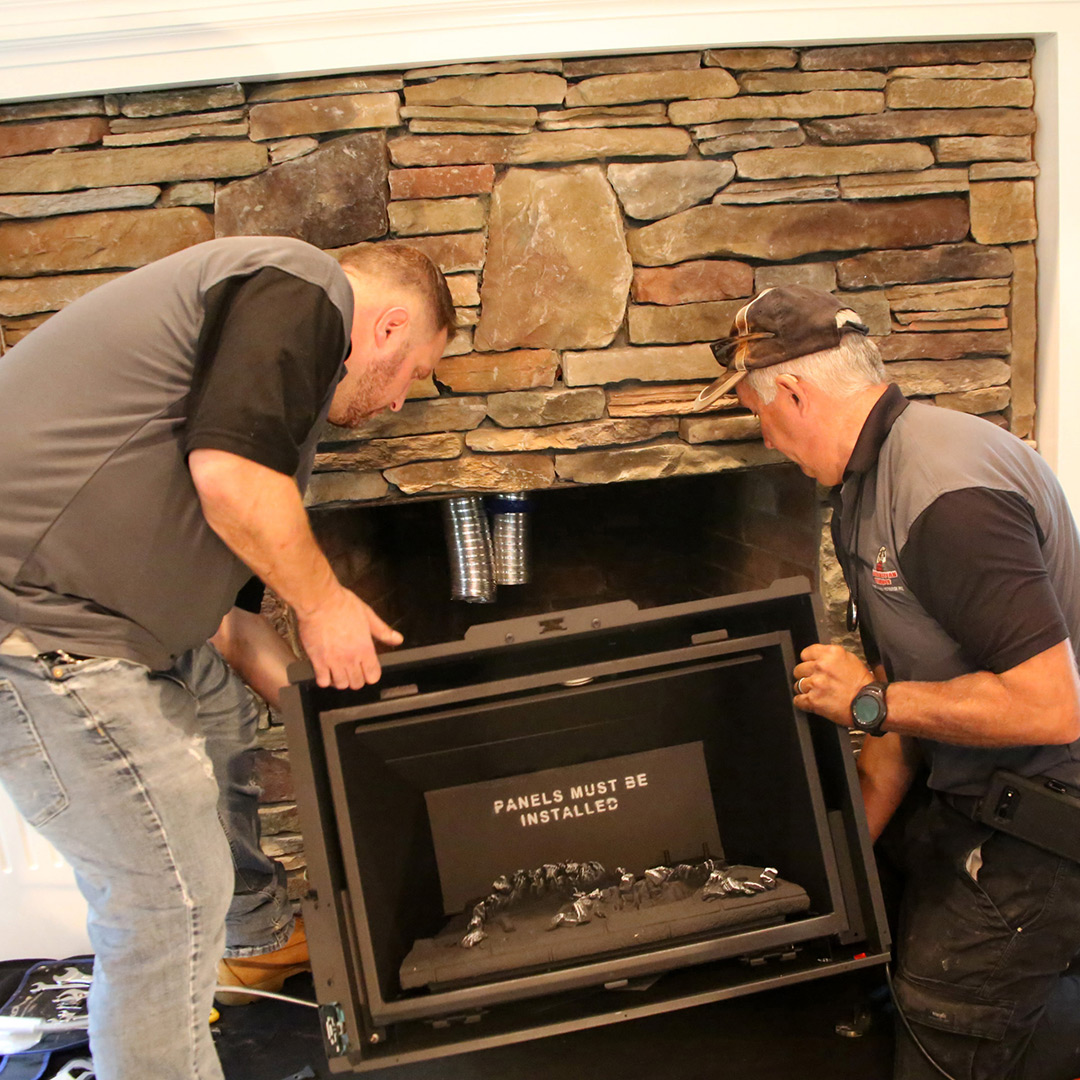 Remote Control or Switch Malfunction
Remote Control or Switch Malfunction
Lastly, don’t overlook the possibility that your remote control or wall switch is the culprit. Batteries may need to be replaced in remote controls and wall switches can wear out or disconnect over time.
In most cases, a sudden gas fireplace shutdown isn’t dangerous; instead, it is a sign that something mechanical is wrong. Whether it’s a safety feature, a problem in the gas lines, or a mechanical problem, these inconveniences are typically easy to solve by calling a pro to diagnose and fix.
Call Northeastern Chimney
If you have issues with your gas fireplace or need chimney cleaning, repair, or maintenance, you’ve come to the right place. Northeastern Chimney is the go-to chimney and fireplace company in Central Connecticut. We’ve been in business since 1984 and are fully licensed, certified, and insured. Book us today by calling 860-233-5770.
The post Reasons Why Your Gas Fireplace Keeps Shutting Off appeared first on .
This post first appeared on https://www.mychimney.com
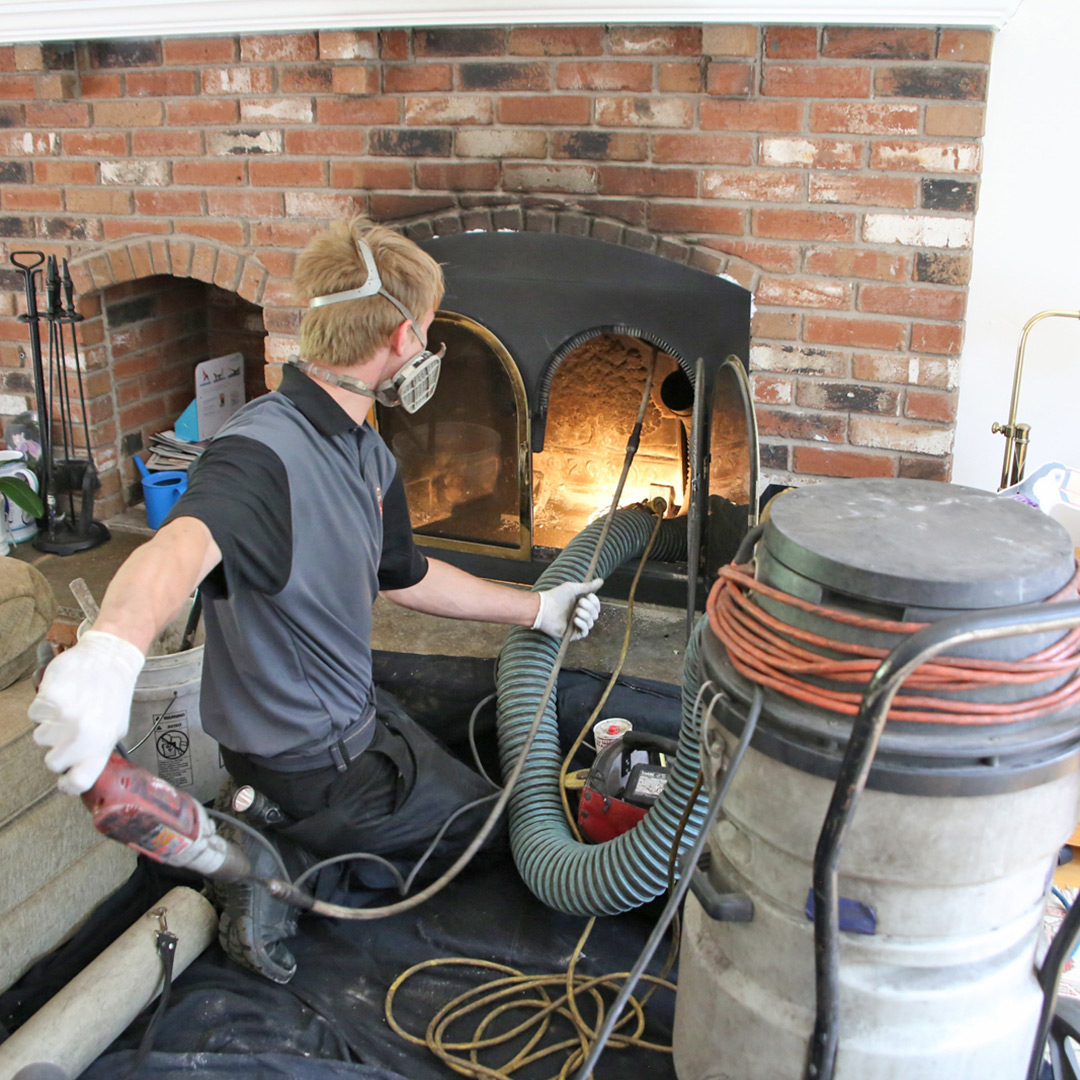 A straight chimney is quite common. It is a job that every chimney sweep is familiar with. But what if a chimney has a curve? Am I out of luck? Can I get someone to clean my chimney?
A straight chimney is quite common. It is a job that every chimney sweep is familiar with. But what if a chimney has a curve? Am I out of luck? Can I get someone to clean my chimney?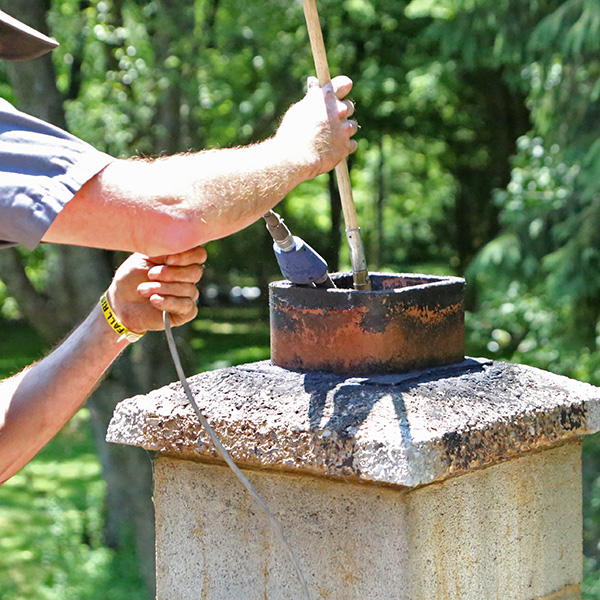


 What Can You Do to Make Your Chimney Sweep Experience Great?
What Can You Do to Make Your Chimney Sweep Experience Great?